VALORANT character design lead Ryan “Morello” Scott discussed everything that goes into designing a new agent in today’s Dev Diaries.
With precise gunplay at the core of any tactical shooter, VALORANT incorporates supernatural ability kits to complement shooting. But the balance is delicate and all agents released need to fulfill certain criteria.
Morello acknowledges that not every new agent will pique the interests of the entire player base. Reyna, for example, might appeal to fraggers looking to duel and snag kills. That same player might not be interested in Killjoy, who’s a defensive sentinel. So Riot first starts by identifying which player type a new agent will appeal to.
The dev team than assesses an agent’s roster impact, or their ability to do “something that adds new opportunities, new challenges to fight against, new team comp opportunities,” according to Morello.
Killoy is a Sentinel, just like Sage and Cypher, but provides different utility to a team comp. Sage can stuff rushes and stall with her wall and slows, while Cypher has wide map control and “defensive reconnaissance.” Killjoy is about “hunkering down, fortifying, and creating risk within a zone,” which can ultimately turn into kills if the enemy doesn’t respect it. All three agents are Sentinels but provide different opportunities for their team.
And every agent has to be designed for “balance-ability,” allowing Riot to step in if the agent is overpowered or underperforming without having to change the identity of their kit. If all the tuning levers don’t work to balance out an agent, changing their kit should be a last resort.
Riot plans on releasing about six new agents every year, which can potentially be a balancing nightmare. But instilling so many design precautions could prevent any threats to VALORANT’s competitive integrity.



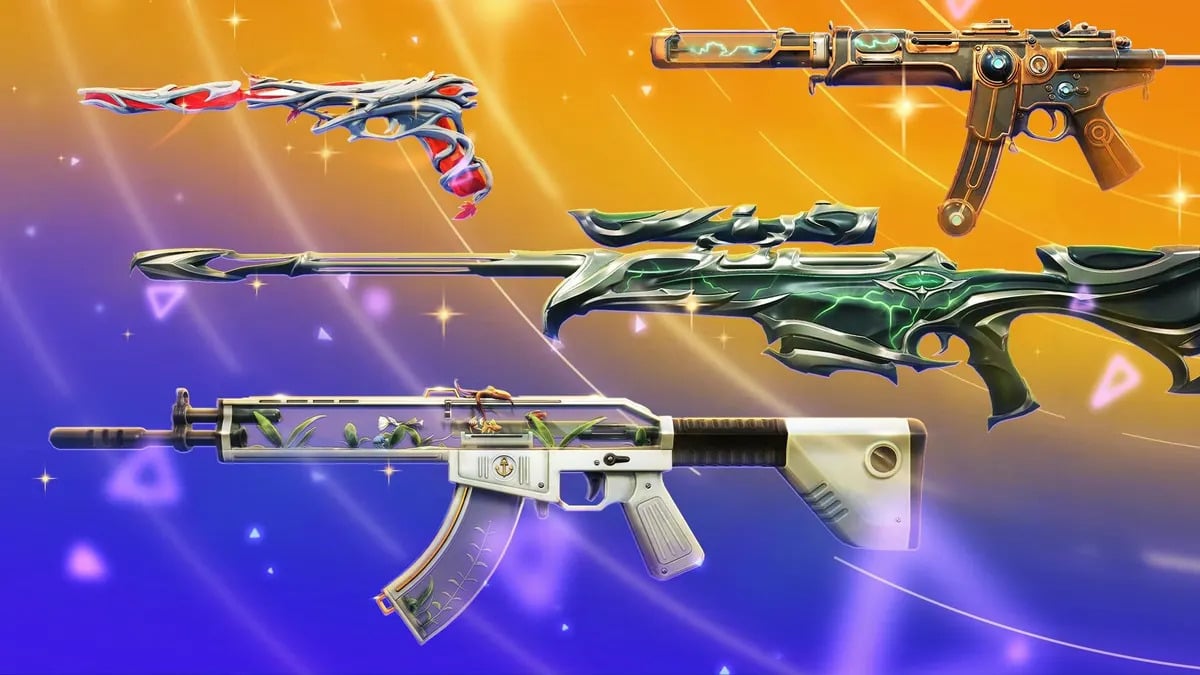
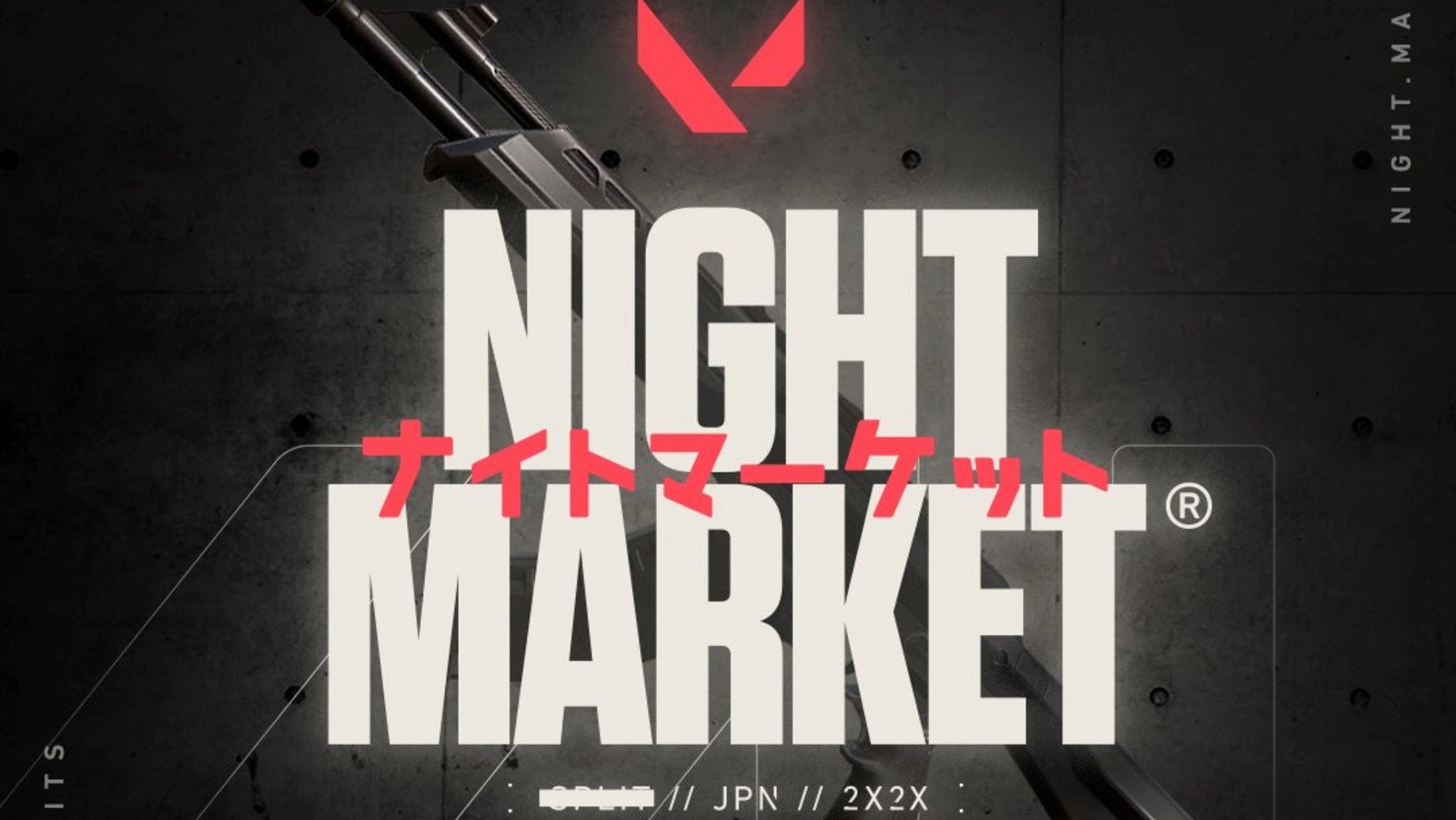

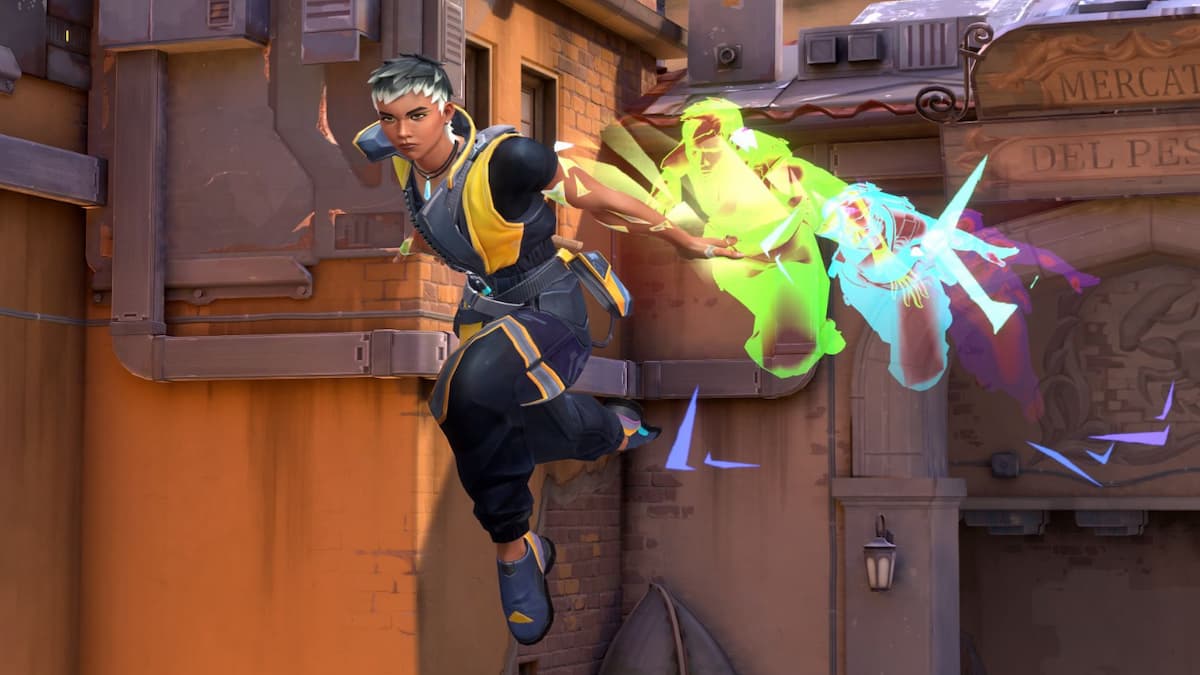

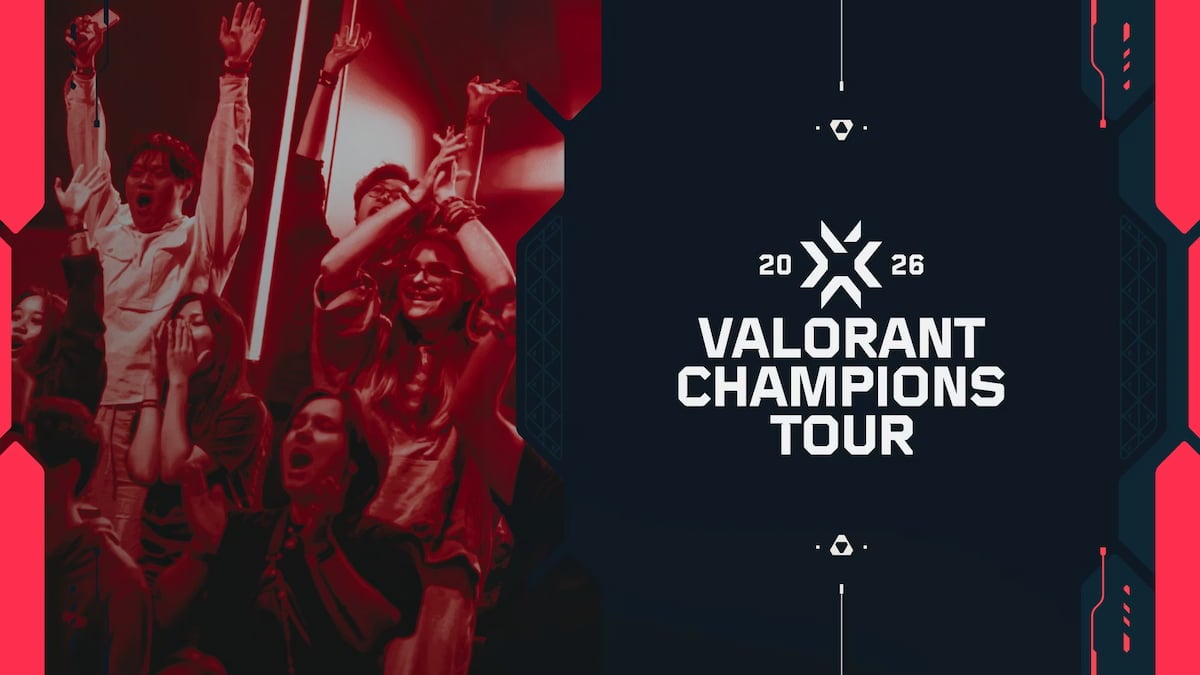
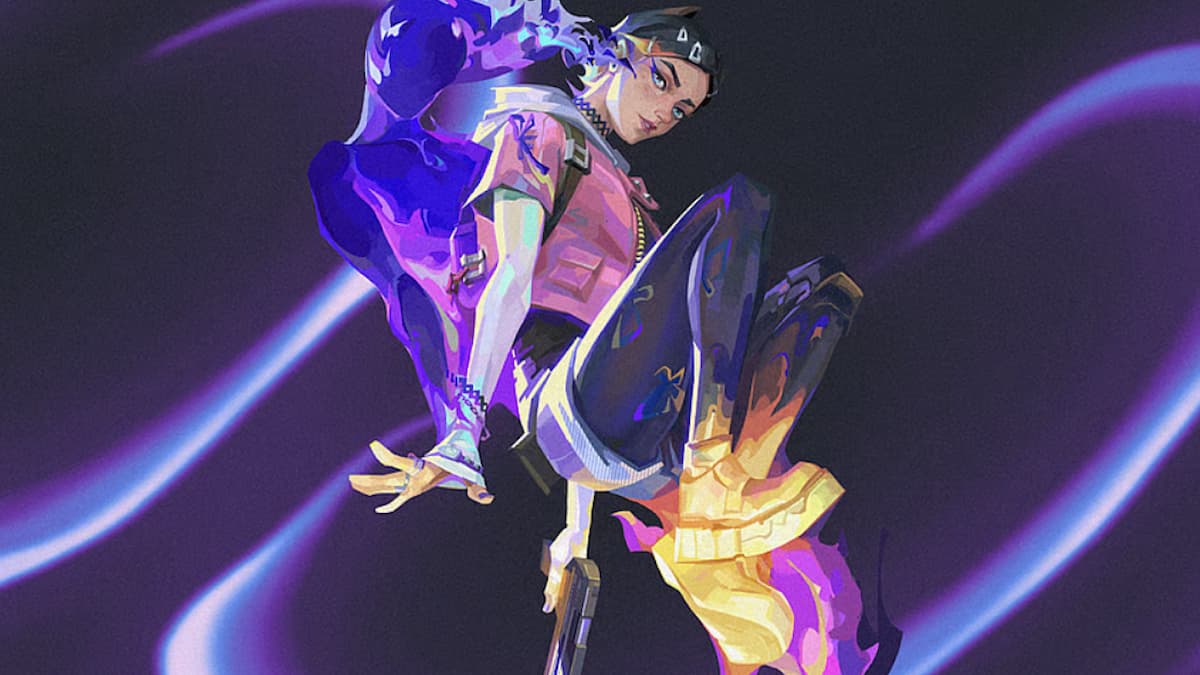
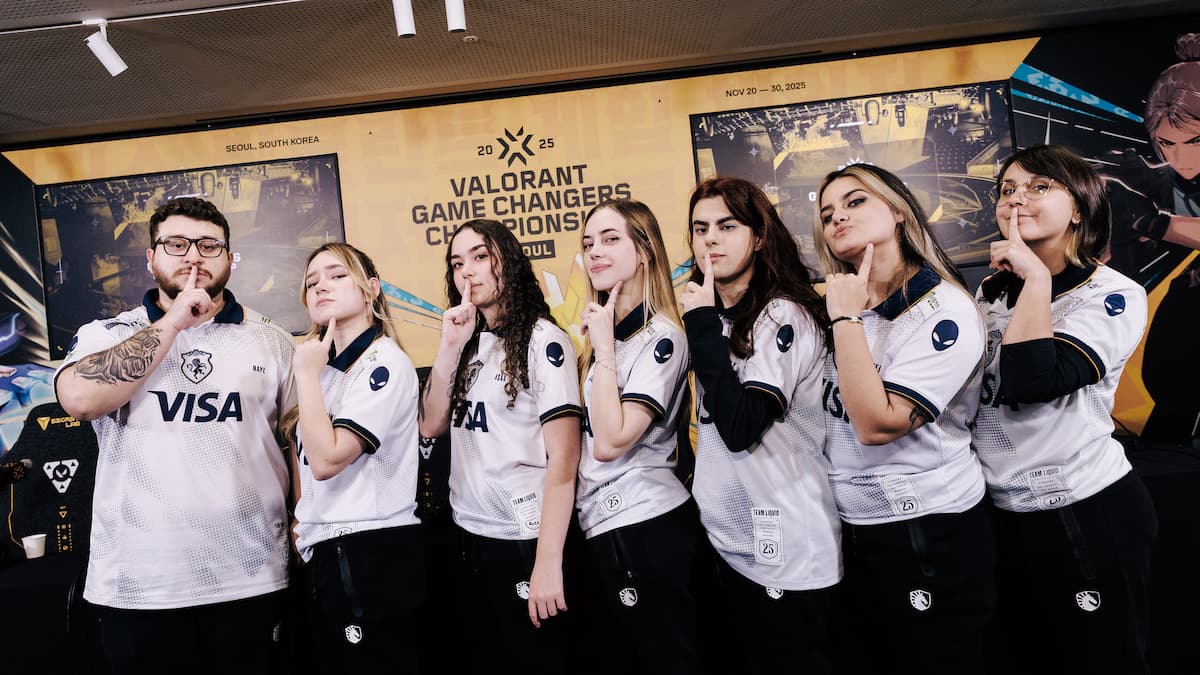
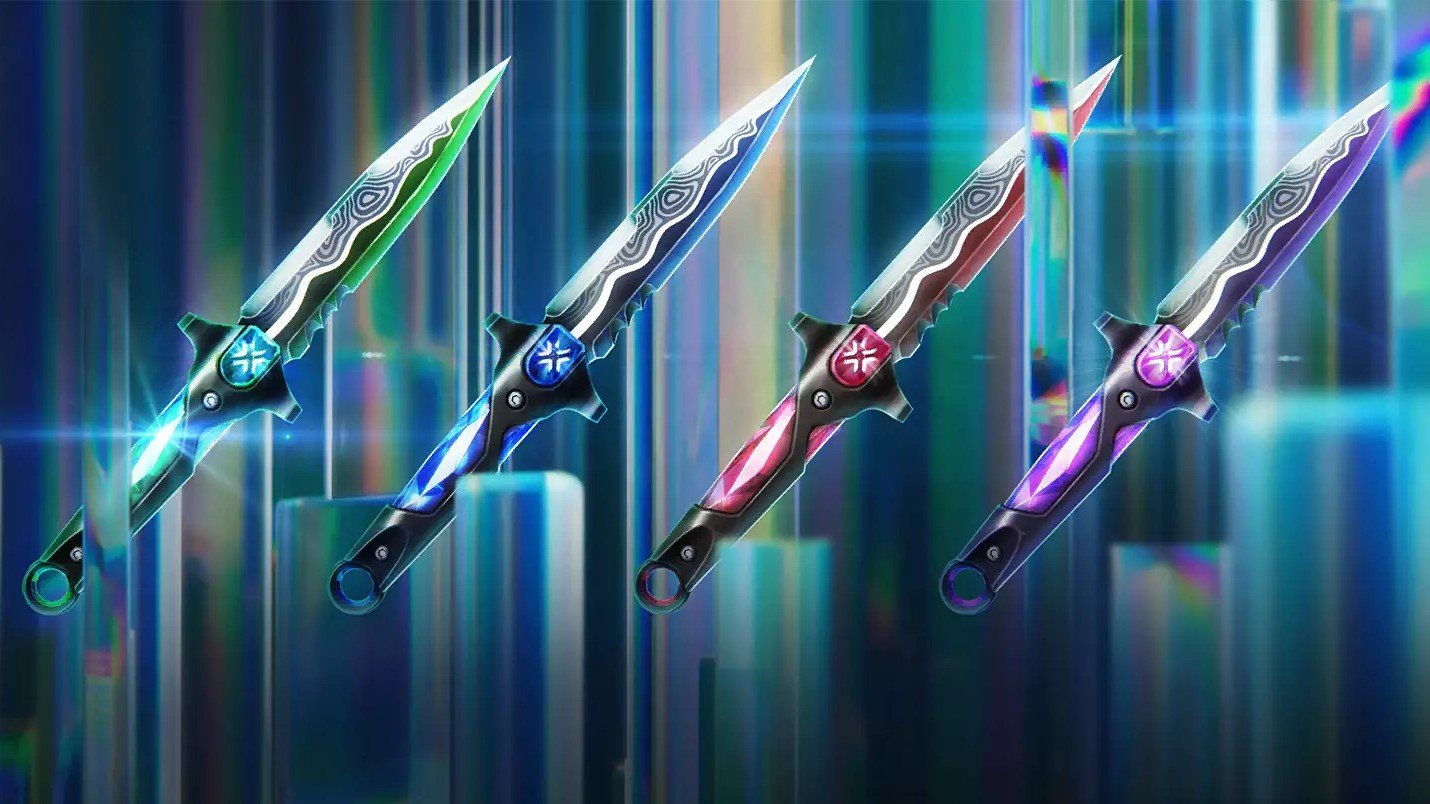
Published: Aug 19, 2020 10:42 am